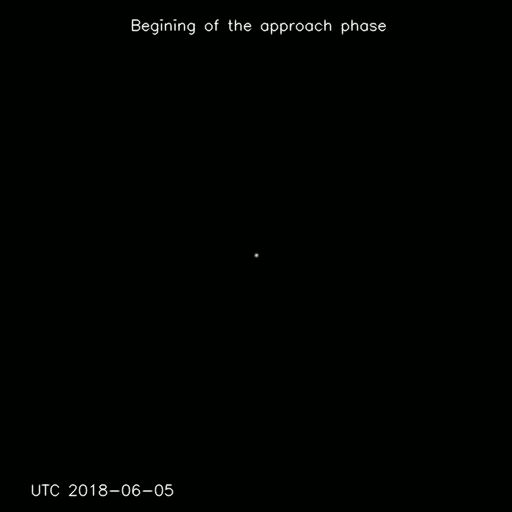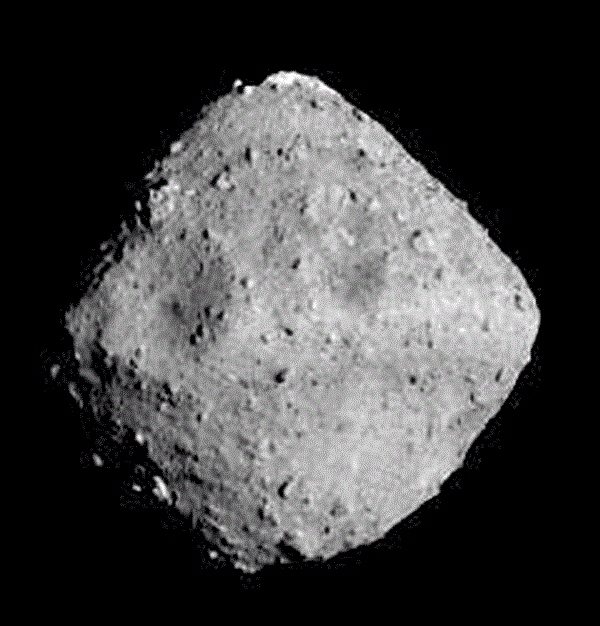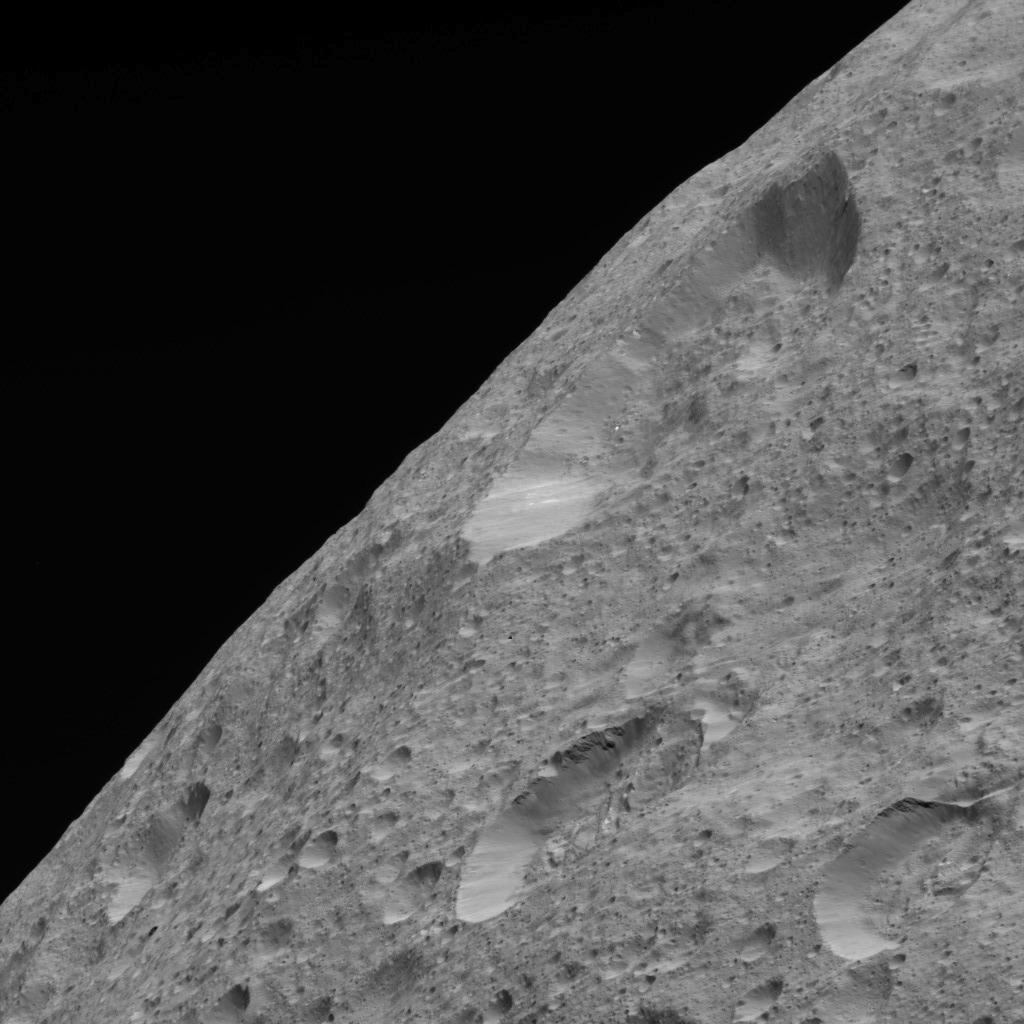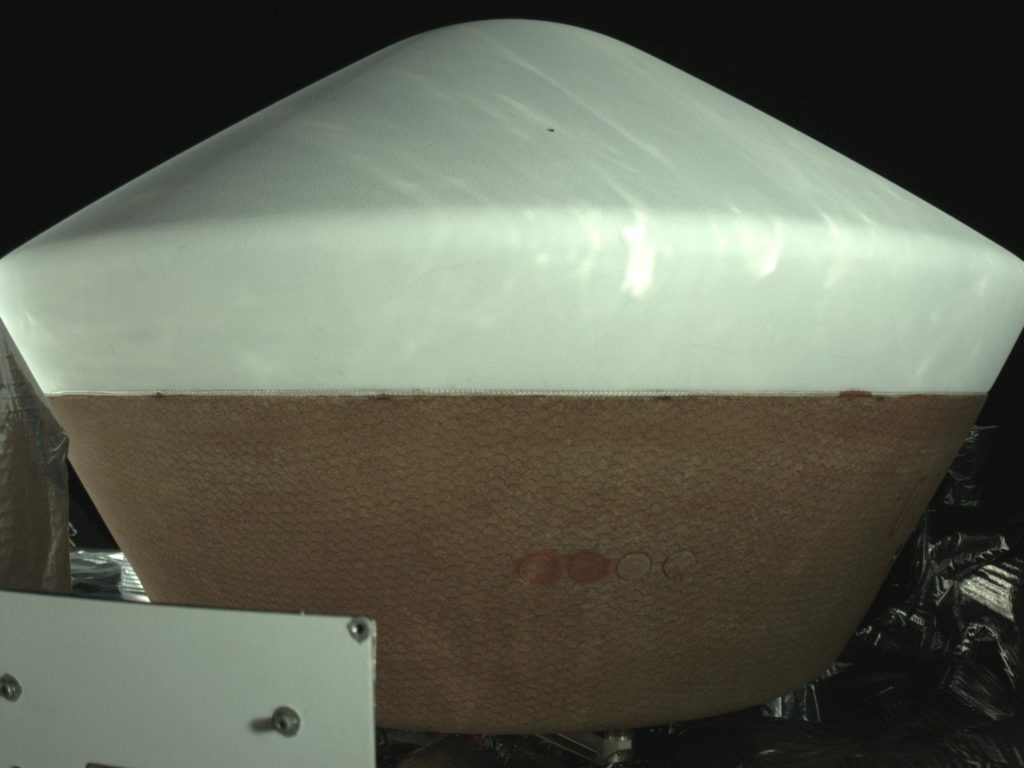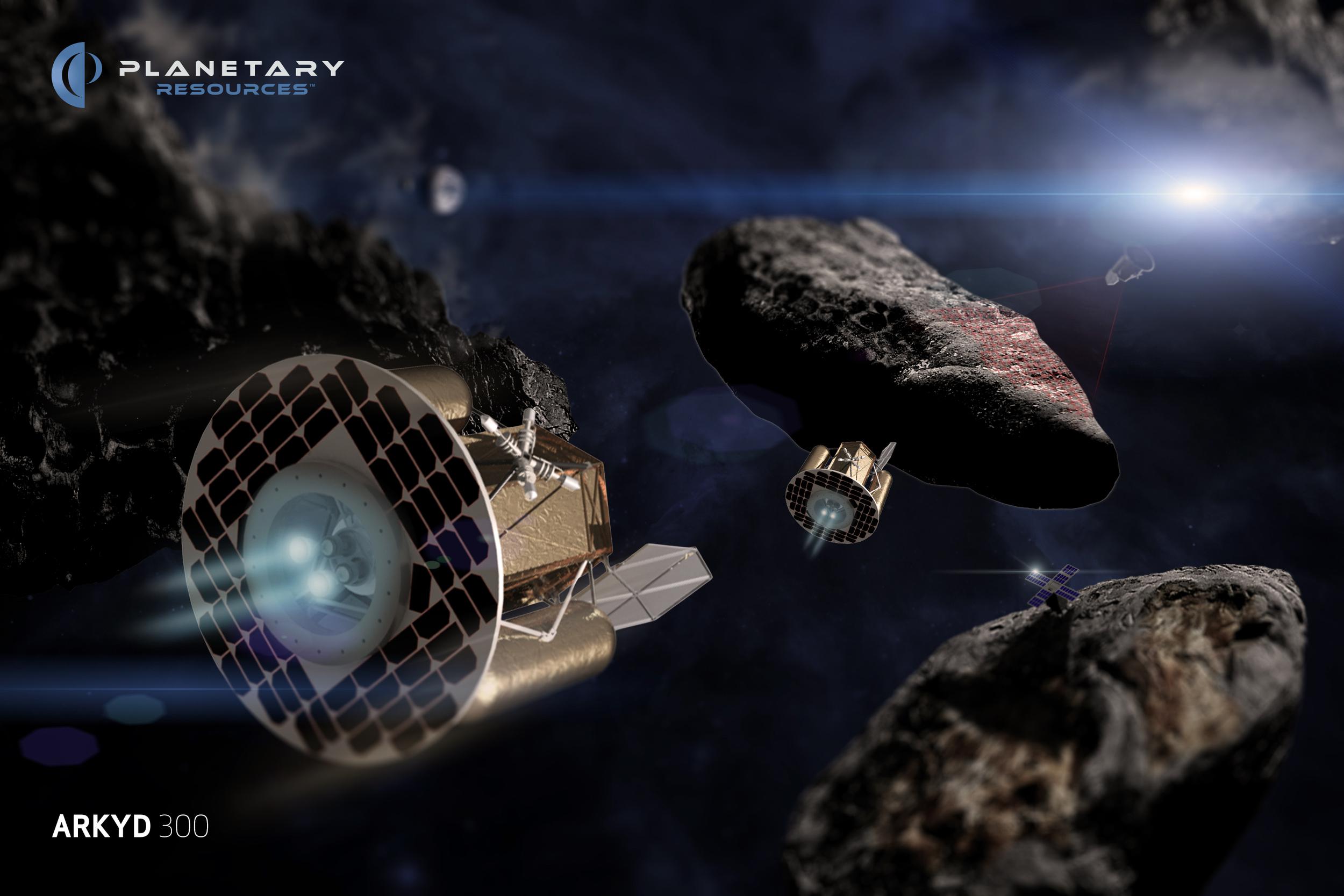
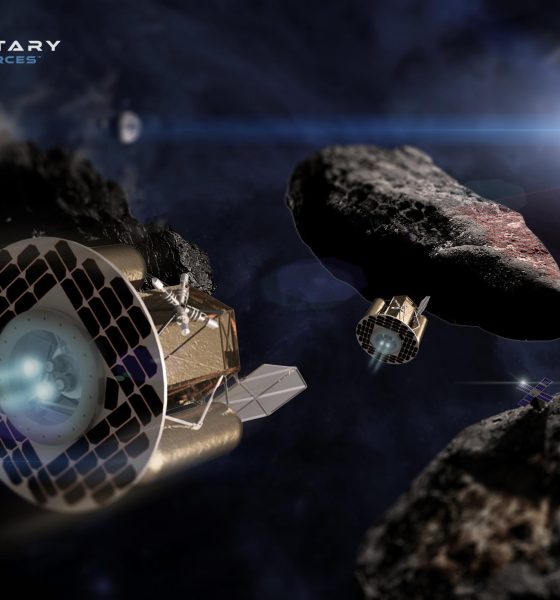
News
Asteroid mining startup faces uphill battle despite industry’s huge promise
Asteroid mining startup Planetary Resources, arguably the pathfinder for the industry’s growing charge, has had difficulty securing reliable funding capable of fueling the company’s aspirations of exploring and mining near-Earth asteroids for resources that could be a boon for in-space industries. Despite the company’s struggles, the near-future prospects of asteroid mining remain bright.
First reported by Geekwire last week, Planetary Resources CEO Chris Lewicki spoke to attendees of the NewSpace 2018 Conference about the status of the struggling asteroid mining company, frankly noting that PR “made a risky and aggressive choice [in 2017] to double down on asteroid exploration” only to have a promising funding round collapse before it could be completed. Without that funding, that company was forced to dramatically shrink its payroll and functionally end all research and development, while also ending operations of a successful satellite tech demonstrator launched in January 2018.
Fundamentally, the difficulties assailing Planetary Resources are unfortunate but should come as no surprise, and they certainly should not take away from the undeniable promise of asteroid mining as both an industry in itself and as an enabler of many other forms of in-space technology and economy, ranging from convenient propellant depots in space to serious, cost-effective manufacturing in zero-gravity.
Further, while the hardware and knowledge needed to successfully gather, process, and refine large quantities of rock from asteroids are extremely immature, a majority of them have already been very successfully demonstrated in space, including an ion thruster-power asteroid orbiter in its sixth year of exploring the massive Ceres and Vesta asteroids and two electrically-powered spacecraft headed to their own respective asteroids – one of which arrived just weeks ago – with plans to collect samples from the ancient surfaces before returning to Earth. Put simply; the technologies present on the extraordinarily successful asteroid explorer spacecraft funded thus far by government space agencies are likely to dramatically grow scientific understanding of the composition of near-Earth asteroids, while also giving private companies a baseline or ceiling for what is achievable today.
- Before Hayabusa2’s arrival, Ryugu was nothing more than a handful pixels on a screen. (JAXA, University of Tokyo, collaborators)
- A pair of images captured by Japan’s Hayabusa2 spacecraft show the Ryugu asteroid’s weird features. (JAXA, University of Tokyo, collaborators)
- The limb of the massive asteroid Ceres, captured by NASA’s Dawn spacecraft in June 2018. (NASA)
- NASA’s OSIRIS-REx probe is scheduled to arrive at the asteroid Bennu in December 2018. (NASA)
Of note, Japan’s Hayabusa2 sample return mission reportedly cost the country less than $300 million, whereas NASA’s comparable OSIRIS-REx sample return mission cost the agency nearly $1 billion including launch. The $50 million in private capital raised thus far by Planetary Resources has clearly not been enough to get the company into deep space, although it did enable the technology development and facilities required to build several impressive cubesat demonstrators, one of which is currently in orbit after successfully completing its mission and demonstrating the integration of true off-the-shelf sensing equipment on a spacecraft.
In 2017, the government of Luxembourg signed into law the creation of state-funded program intended to incubate asteroid mining startups, and Planetary Resources received a bit less than $30 million in cash and grants in 2016 to facilitate the company’s goal of launching the first private asteroid prospector satellite in 2020. While unclear how this factored into PR’s present financial situation, there may be hope of additional financial assistance to help the company build a path to sustainability. In the meantime, CEO Chris Lewicki is still confident that Planetary Resources will find the resources they need to build spacecraft that will take the company to asteroids and towards the creation of a whole new industry.

News
Tesla Europe rolls out FSD ride-alongs in the Netherlands’ holiday campaign
The festive event series comes amid Tesla’s ongoing push for regulatory approval of FSD across Europe.
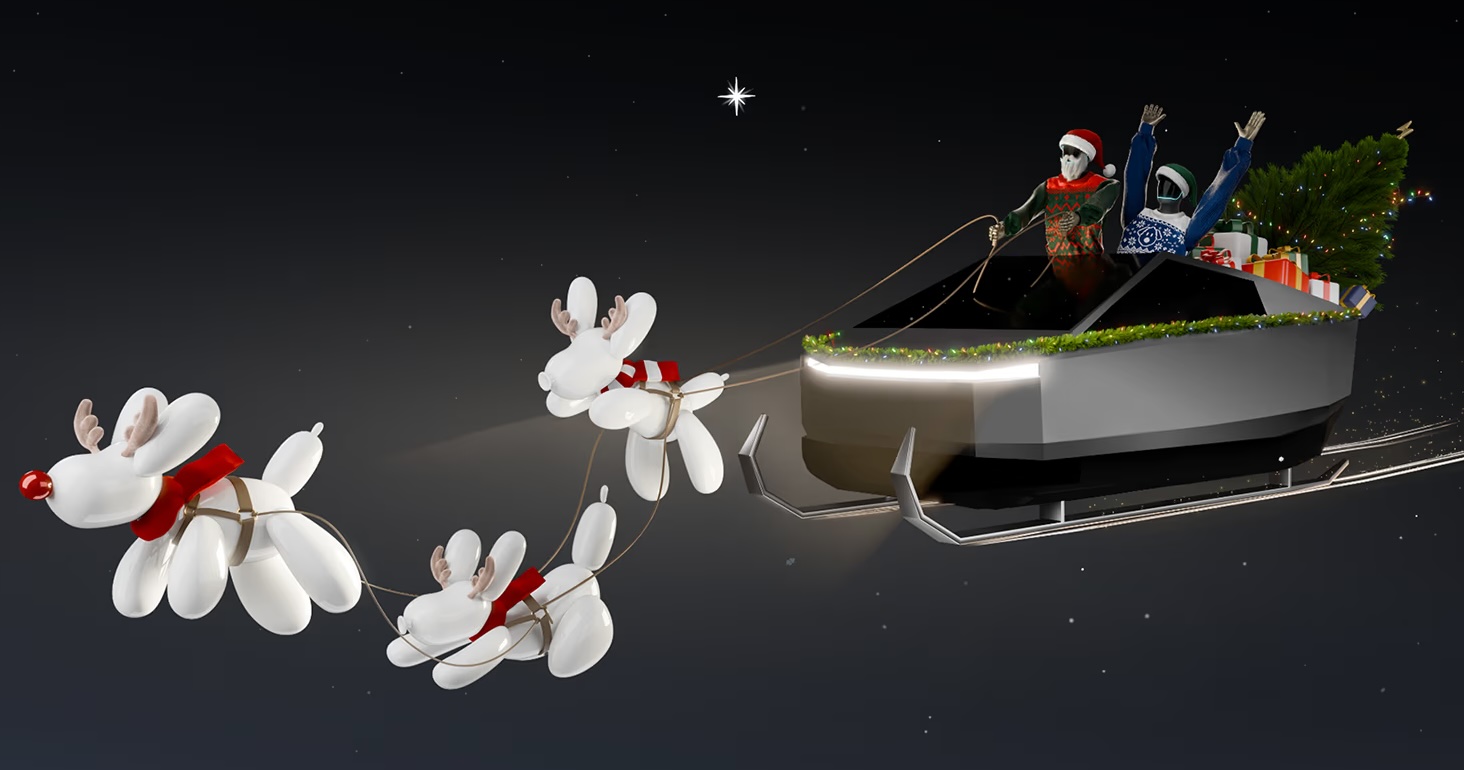
Tesla Europe has announced that its “Future Holidays” campaign will feature Full Self-Driving (Supervised) ride-along experiences in the Netherlands.
The festive event series comes amid Tesla’s ongoing push for regulatory approval of FSD across Europe.
The Holiday program was announced by Tesla Europe & Middle East in a post on X. “Come get in the spirit with us. Featuring Caraoke, FSD Supervised ride-along experiences, holiday light shows with our S3XY lineup & more,” the company wrote in its post on X.
Per the program’s official website, fun activities will include Caraoke sessions and light shows with the S3XY vehicle lineup. It appears that Optimus will also be making an appearance at the events. Tesla even noted that the humanoid robot will be in “full party spirit,” so things might indeed be quite fun.
“This season, we’re introducing you to the fun of the future. Register for our holiday events to meet our robots, see if you can spot the Bot to win prizes, and check out our selection of exclusive merchandise and limited-edition gifts. Discover Tesla activities near you and discover what makes the future so festive,” Tesla wrote on its official website.
This announcement aligns with Tesla’s accelerating FSD efforts in Europe, where supervised ride-alongs could help demonstrate the tech to regulators and customers. The Netherlands, with its urban traffic and progressive EV policies, could serve as an ideal and valuable testing ground for FSD.
Tesla is currently hard at work pushing for the rollout of FSD to several European countries. Tesla has received approval to operate 19 FSD test vehicles on Spain’s roads, though this number could increase as the program develops. As per the Dirección General de Tráfico (DGT), Tesla would be able to operate its FSD fleet on any national route across Spain. Recent job openings also hint at Tesla starting FSD tests in Austria. Apart from this, the company is also holding FSD demonstrations in Germany, France, and Italy.
News
Tesla sees sharp November rebound in China as Model Y demand surges
New data from the China Passenger Car Association (CPCA) shows a 9.95% year-on-year increase and a 40.98% jump month-over-month.
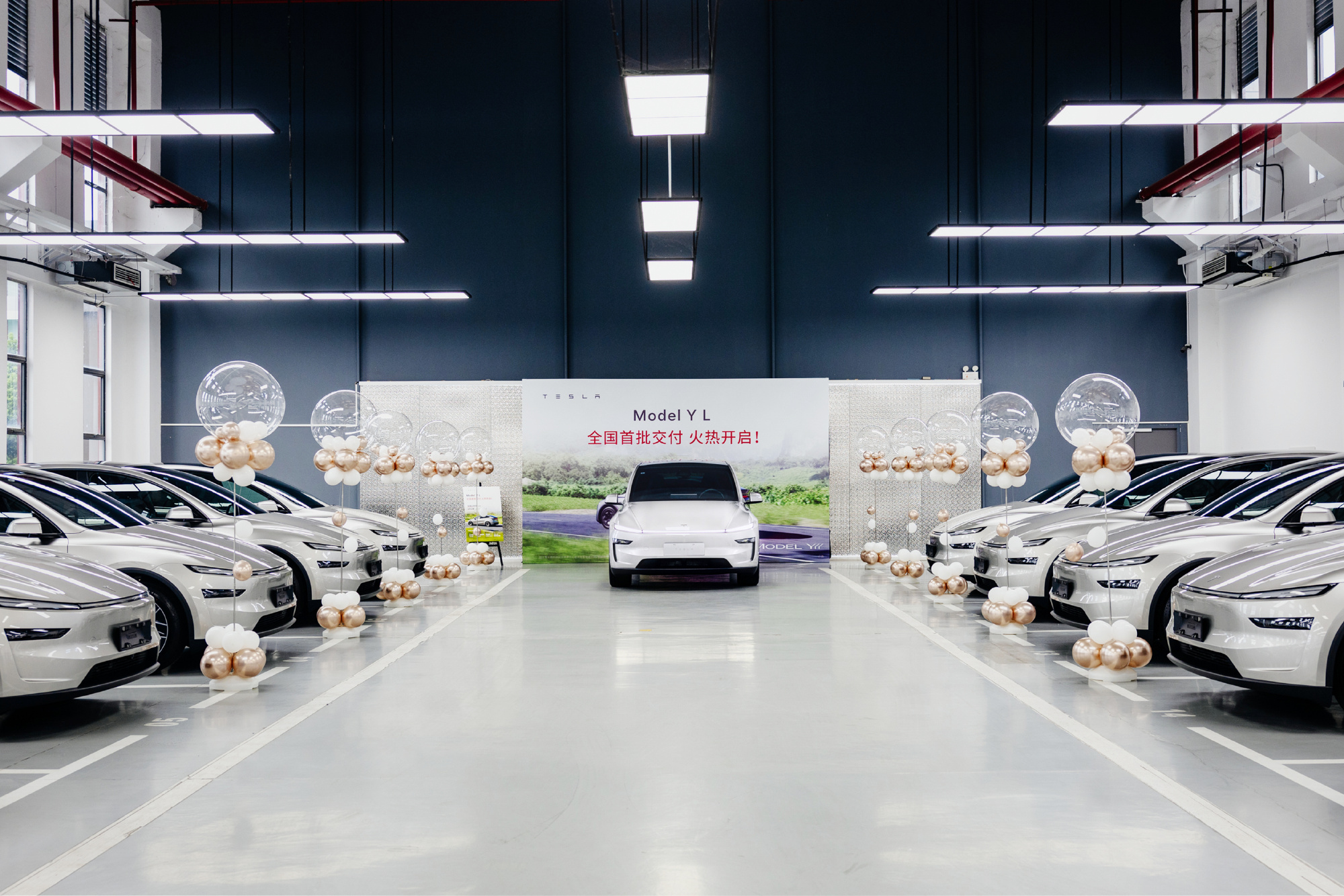
Tesla’s sales momentum in China strengthened in November, with wholesale volumes rising to 86,700 units, reversing a slowdown seen in October.
New data from the China Passenger Car Association (CPCA) shows a 9.95% year-on-year increase and a 40.98% jump month-over-month. This was partly driven by tightened delivery windows, targeted marketing, and buyers moving to secure vehicles before changes to national purchase tax incentives take effect.
Tesla’s November rebound coincided with a noticeable spike in Model Y interest across China. Delivery wait times extended multiple times over the month, jumping from an initial 2–5 weeks to estimated handovers in January and February 2026 for most five-seat variants. Only the six-seat Model Y L kept its 4–8 week estimated delivery timeframe.
The company amplified these delivery updates across its Chinese social media channels, urging buyers to lock in orders early to secure 2025 delivery slots and preserve eligibility for current purchase tax incentives, as noted in a CNEV Post report. Tesla also highlighted that new inventory-built Model Y units were available for customers seeking guaranteed handovers before December 31.
This combination of urgency marketing and genuine supply-demand pressure seemed to have helped boost November’s volumes, stabilizing what had been a year marked by several months of year-over-year declines.
For the January–November period, Tesla China recorded 754,561 wholesale units, an 8.30% decline compared to the same period last year. The company’s Shanghai Gigafactory continues to operate as both a domestic production base and a major global export hub, building the Model 3 and Model Y for markets across Asia, Europe, and the Middle East, among other territories.
Investor's Corner
Tesla bear gets blunt with beliefs over company valuation
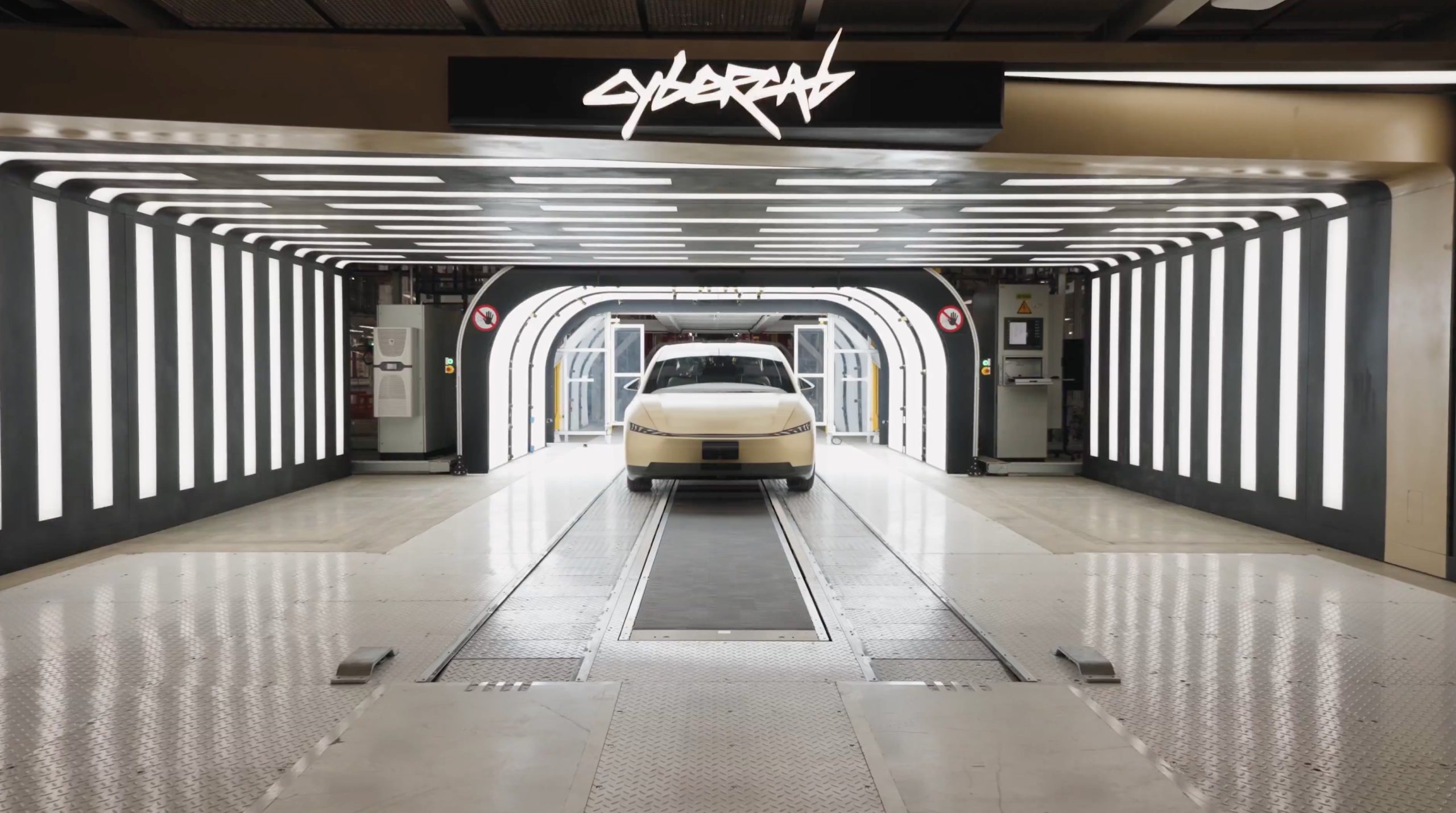
Tesla bear Michael Burry got blunt with his beliefs over the company’s valuation, which he called “ridiculously overvalued” in a newsletter to subscribers this past weekend.
“Tesla’s market capitalization is ridiculously overvalued today and has been for a good long time,” Burry, who was the inspiration for the movie The Big Short, and was portrayed by Christian Bale.
Burry went on to say, “As an aside, the Elon cult was all-in on electric cars until competition showed up, then all-in on autonomous driving until competition showed up, and now is all-in on robots — until competition shows up.”
Tesla bear Michael Burry ditches bet against $TSLA, says ‘media inflated’ the situation
For a long time, Burry has been skeptical of Tesla, its stock, and its CEO, Elon Musk, even placing a $530 million bet against shares several years ago. Eventually, Burry’s short position extended to other supporters of the company, including ARK Invest.
Tesla has long drawn skepticism from investors and more traditional analysts, who believe its valuation is overblown. However, the company is not traded as a traditional stock, something that other Wall Street firms have recognized.
While many believe the company has some serious pull as an automaker, an identity that helped it reach the valuation it has, Tesla has more than transformed into a robotics, AI, and self-driving play, pulling itself into the realm of some of the most recognizable stocks in tech.
Burry’s Scion Asset Management has put its money where its mouth is against Tesla stock on several occasions, but the firm has not yielded positive results, as shares have increased in value since 2020 by over 115 percent. The firm closed in May.
In 2020, it launched its short position, but by October 2021, it had ditched that position.
Tesla has had a tumultuous year on Wall Street, dipping significantly to around the $220 mark at one point. However, it rebounded significantly in September, climbing back up to the $400 region, as it currently trades at around $430.
It closed at $430.14 on Monday.

